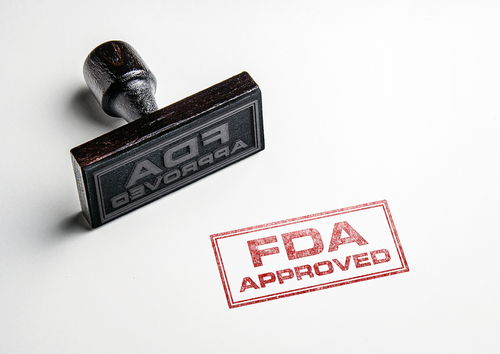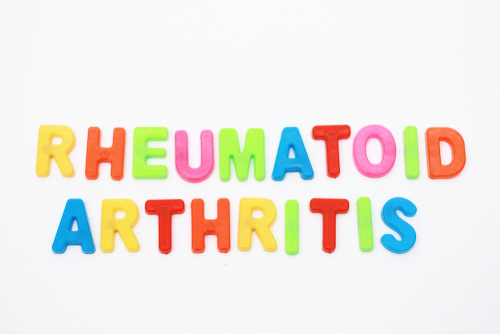
A recent rheumatoid arthritis (RA) study found that RA-autoantibody levels are not associated with disease activity or treatment outcomes, but they indicate intensity of immunosuppression.
A total of 381 seropositive RA patients were included. Researchers measured levels of 14 antibodies every four months for the first year of treatment. Patients initially received prednisone and methotrexate (MTX), and treatment was evaluated and changed as necessary every four months to achieve a disease activity score (DAS) < 1.6. Autoantibody levels were evaluated based on treatment escalation versus tapering; researchers also compared levels with DAS changes, EULAR response, and drug-free remission (DFR) ≥ 1 year.
Autoantibody levels decreased across the board for the first four months before going up for one year. They decreased significantly after treatment escalation but increased after tapering.
“[Rheumatoid factor] IgM levels, a representative autoantibody, dropped 10% after restarting prednisone and rose 15% aU/mL after tapering MTX (p < 0.0001),” the researchers observed.
DAS over time and EULAR response did not correlate with autoantibody levels. One-year changes did not indicate DFR.
“Changes in RA-autoantibody levels are not associated with DAS or long-term treatment response, but reflect intensity of immunosuppression,” the researcher wrote. “This suggests that autoantibody levels are modifiable by current therapies, but that modifying levels is in itself of limited clinical relevance.”
Rheumatoid Arthritis Patients with Low Disease Activity Still Have Flareups
Men with Rheumatoid Arthritis Struggle to Cope
Rheumatoid Arthritis and the Mucosal Origins Hypothesis
Source: Arthritis Research & Therapy







 © 2025 Mashup Media, LLC, a Formedics Property. All Rights Reserved.
© 2025 Mashup Media, LLC, a Formedics Property. All Rights Reserved.